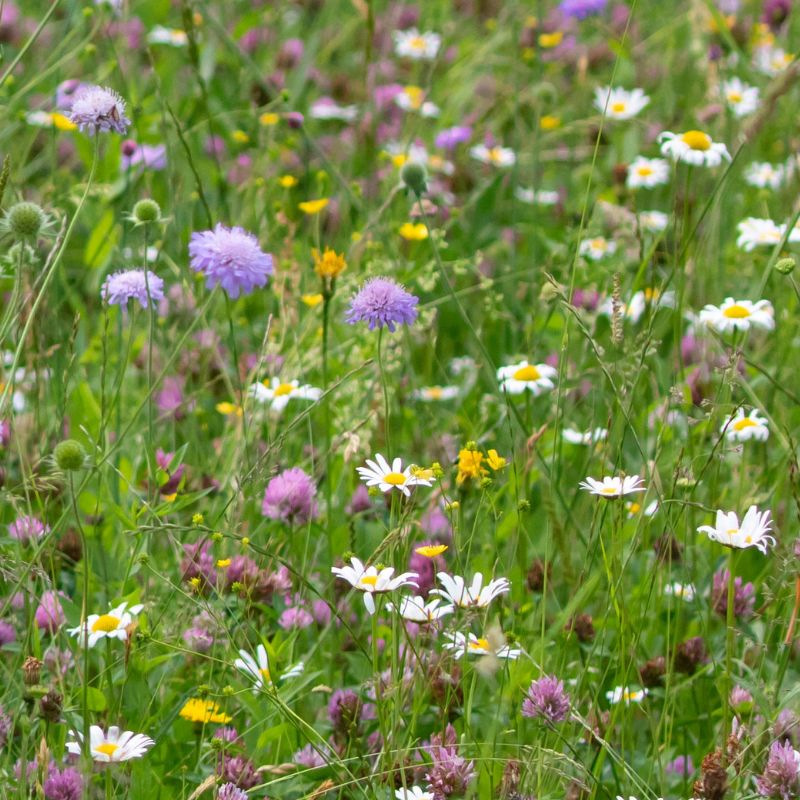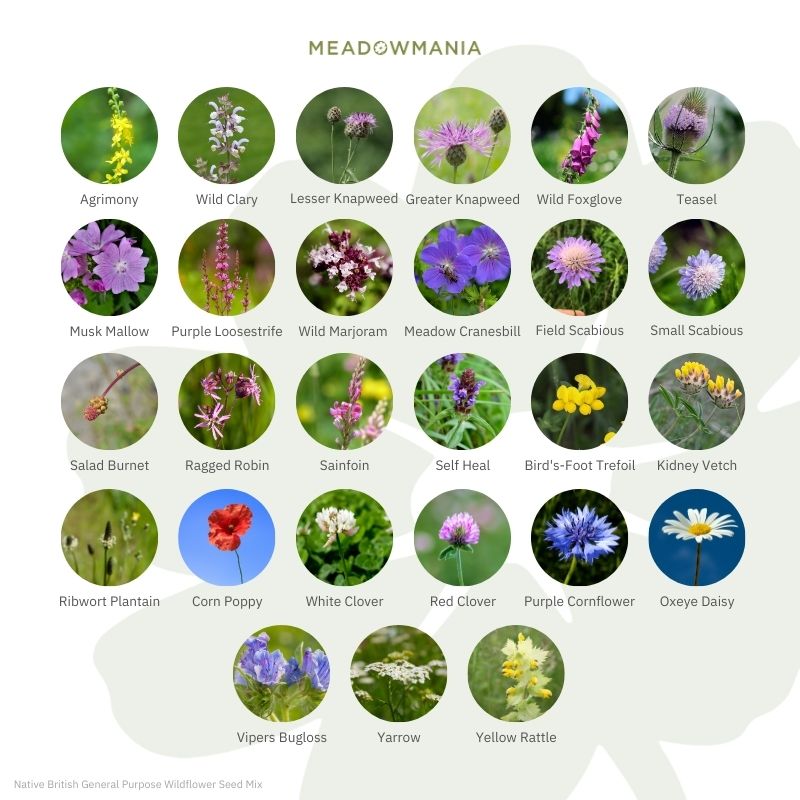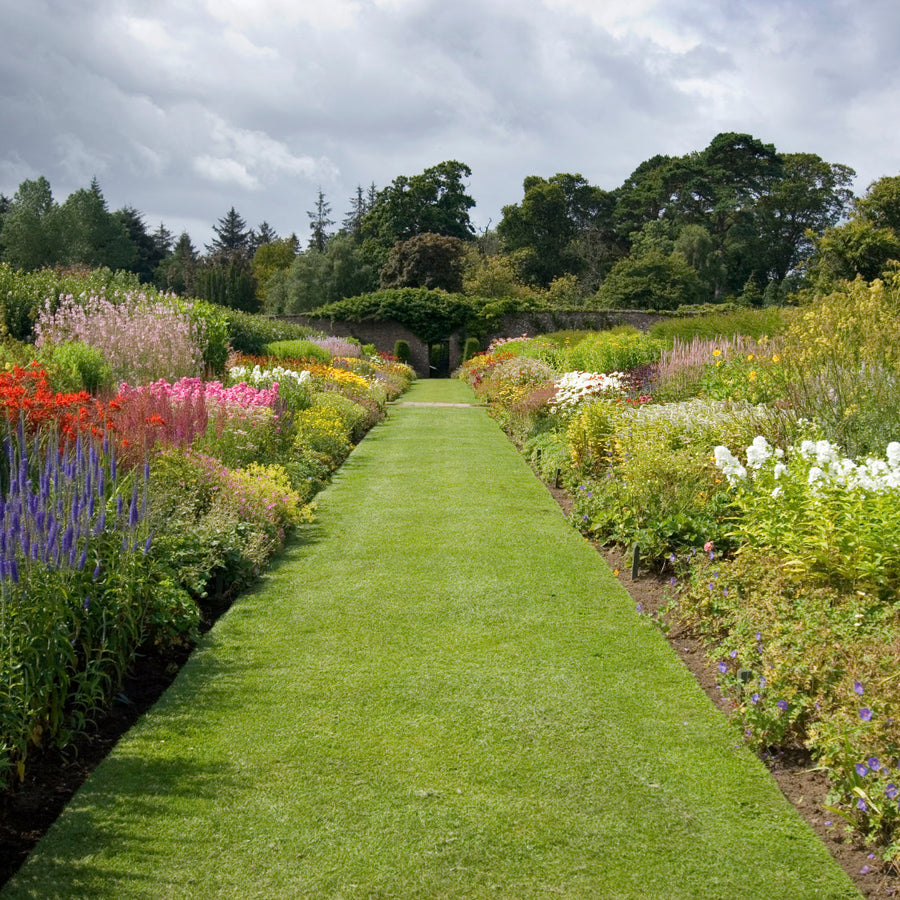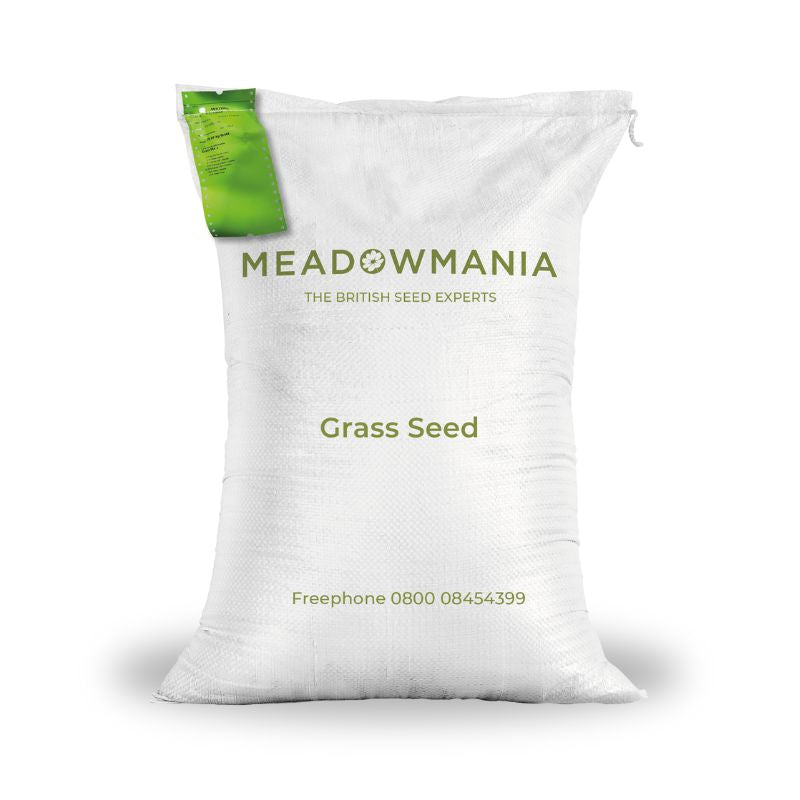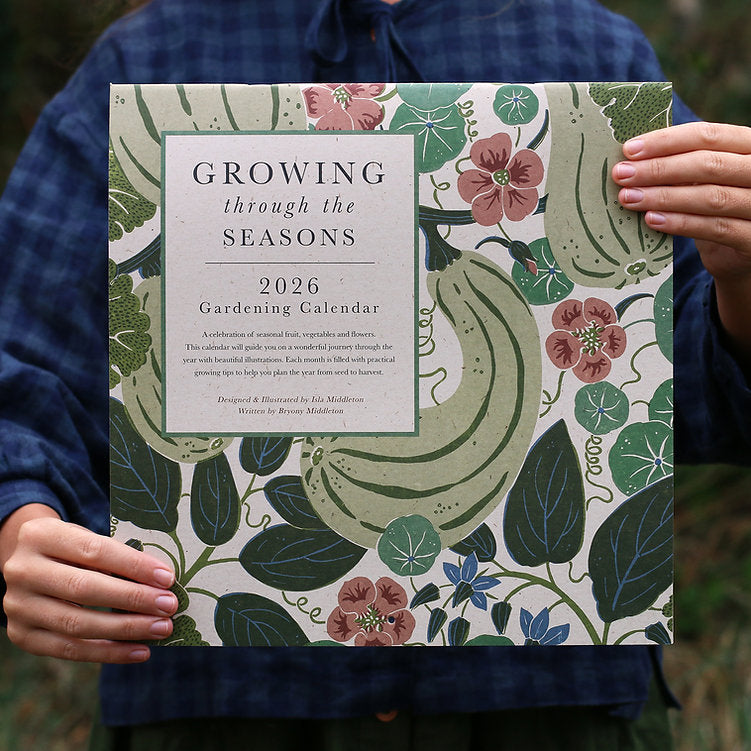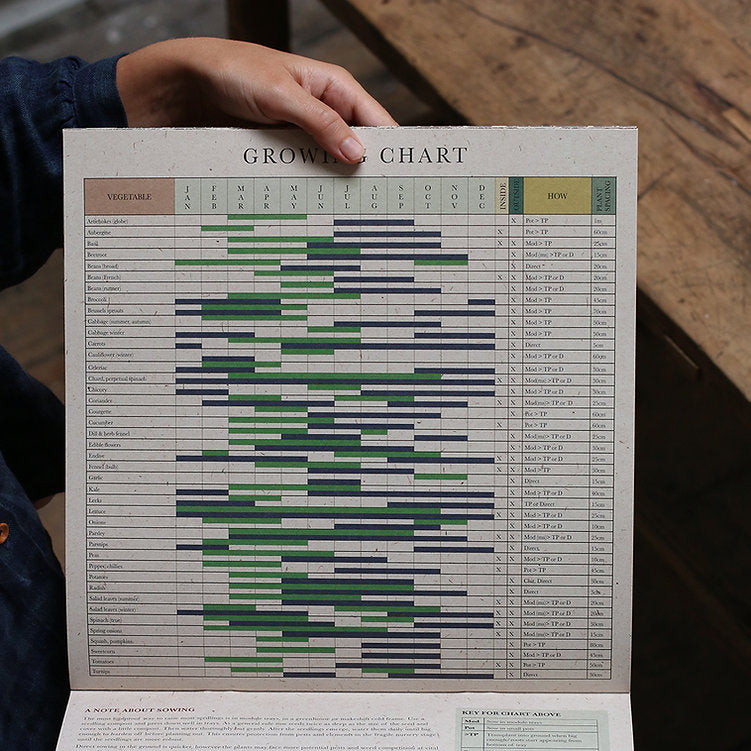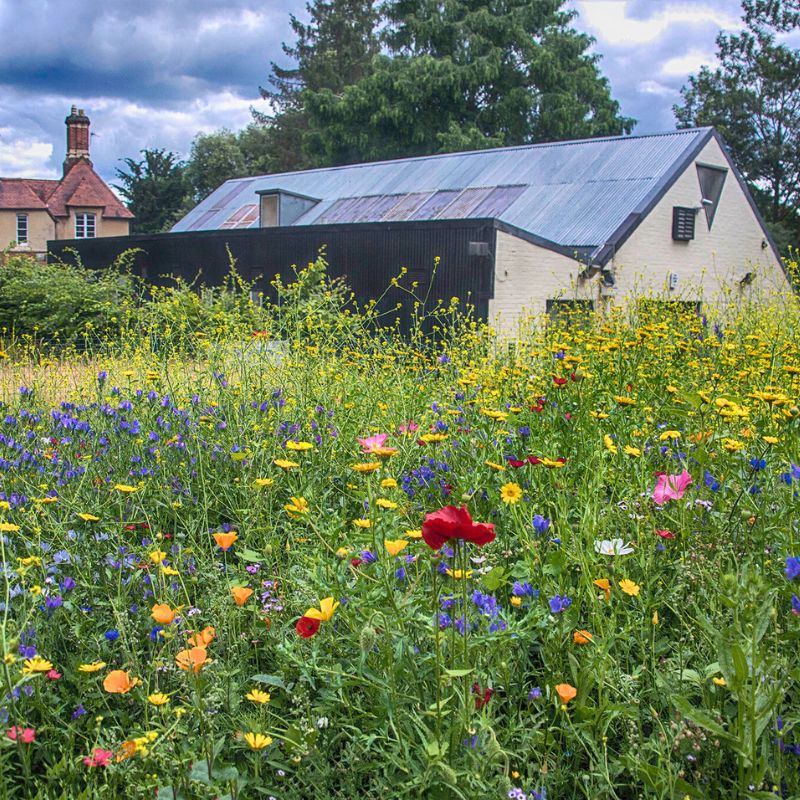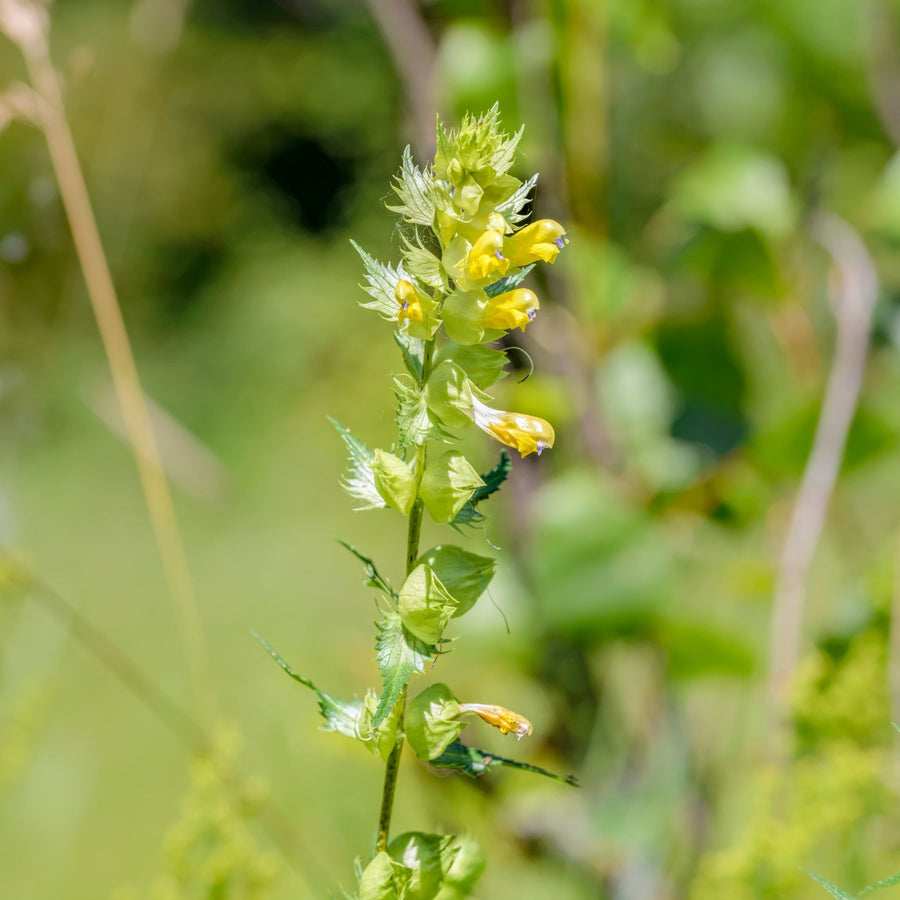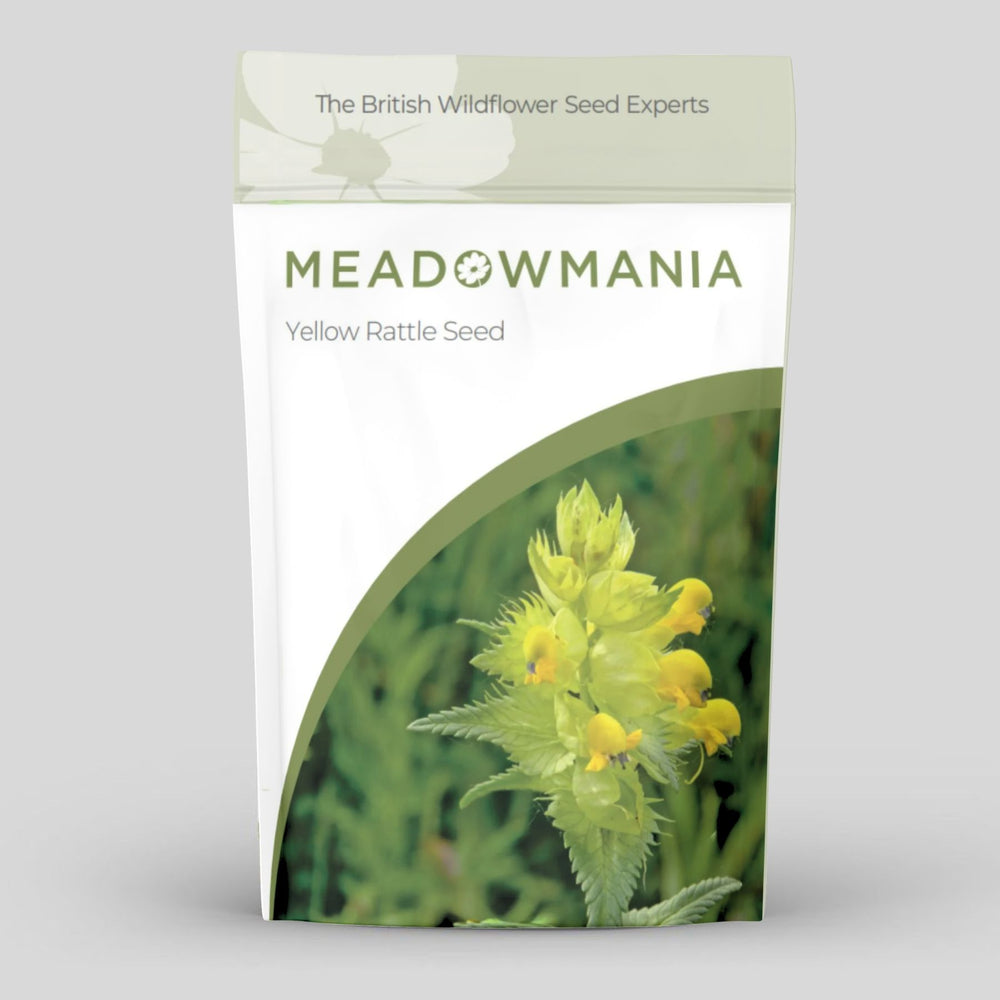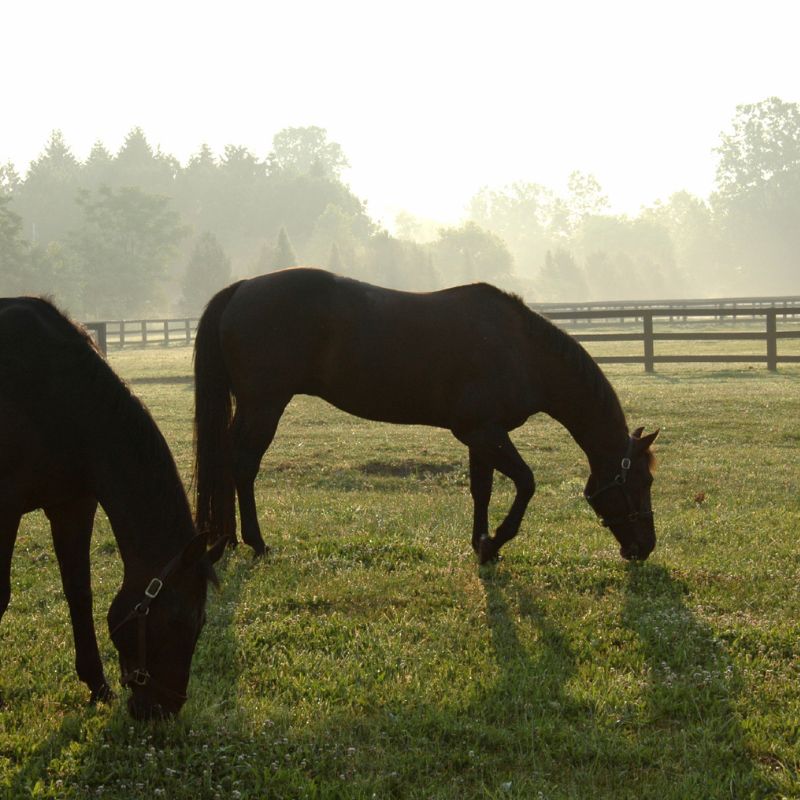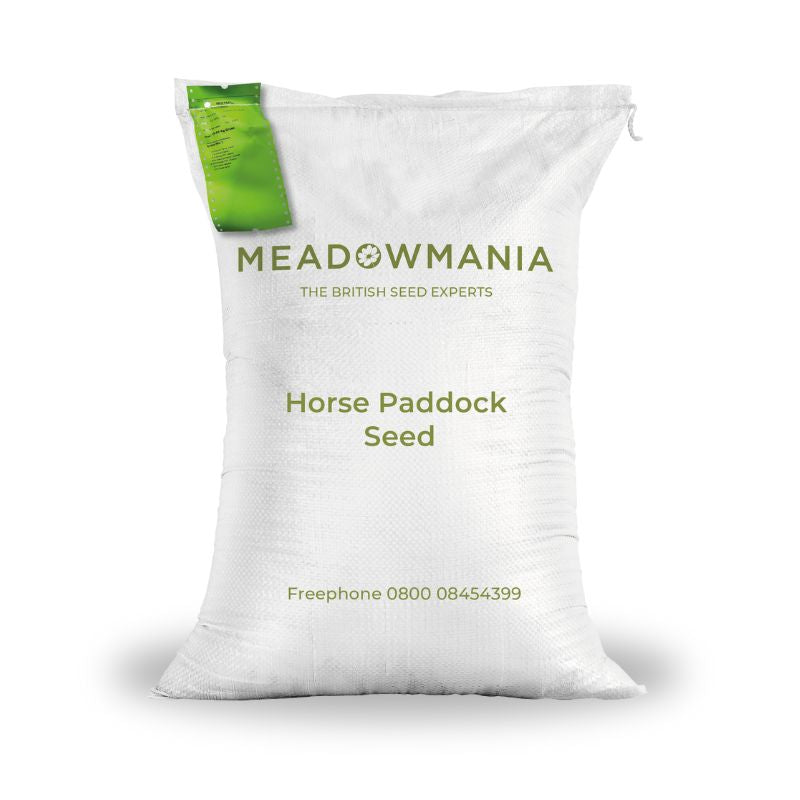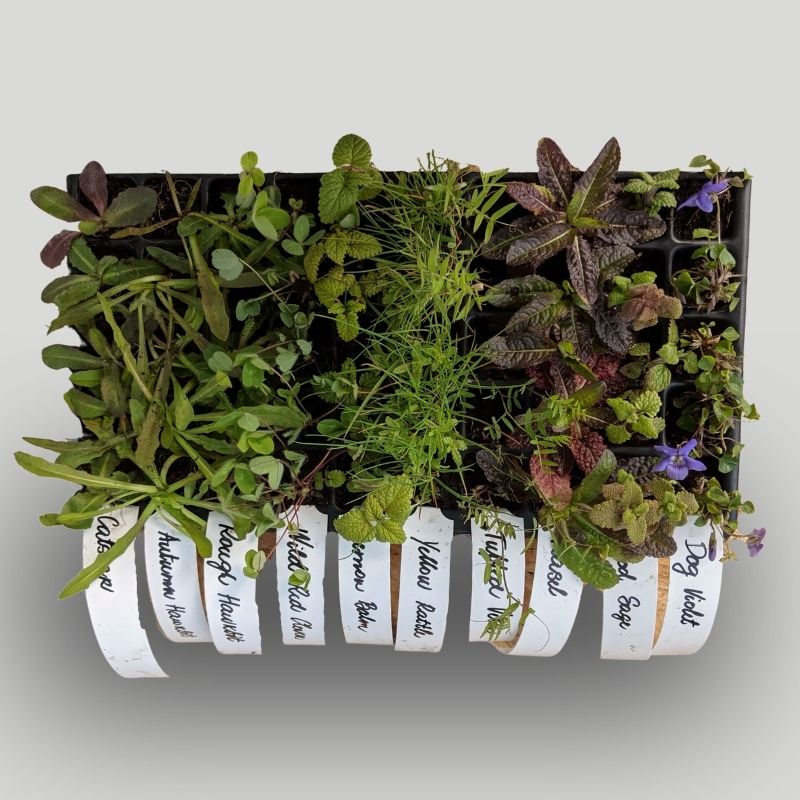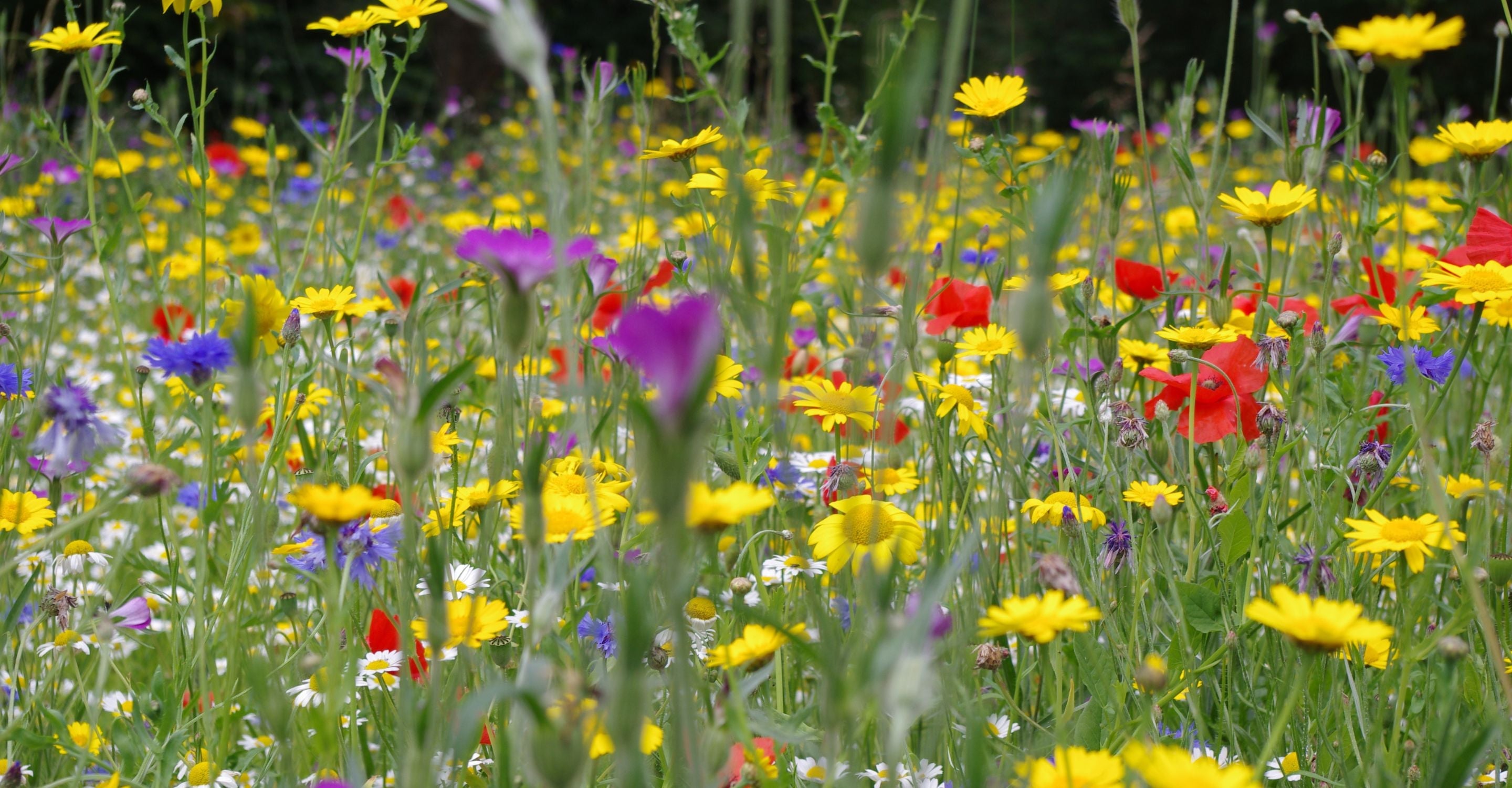
A Comprehensive Guide to Cultivating a British Wildflower Meadow or Garden
Cultivating a British wildflower meadow or native wildflower garden comes with many benefits; it's a great way to create a species-rich, pollinator-friendly habitat for wildlife and creates a beautifully relaxed and natural space for you to enjoy - at home, at work, in the community.
1. Choosing a suitable wildflower seed mix

Choosing a suitable seed mix for your site and expectations will help create a desired outcome. While we have a large selection of wildflower seed mixes, choosing a suitable mix for your site is actually quite easy!
- Annual Wildflower Seed Mixtures: These wildflower mixes have a one year life cycle, meaning they are quick growing, very colourful and floriferous, and have a very long flowering season. These mixtures often containing species such as cornflower, field poppy, corncockle and corn marigold.
- 100% Wildflower Seed Mixtures: Usually a mix of perennials and annual wildflower species only (no grass included). Expect an bright display of annuals in year one, before the perennials bloom in year two, returning year after year - 100% wildflower seed mixtures are our go-to when a long term, species rich meadow is desired, or when sowing into an existing meadow.
- Meadow Mixtures: With a mix of grass seeds (80%) and perennial wildflower species (20%) such as oxeye daisy, knapweed, scabious and yarrow, these mixtures are suitable for large areas.
 While the rule of thumb is that wildflowers generally prefer to grow in a sunny site with well-drained soil, we have curated a selection of special seed mixes tailor-made for a wide variety of soil types and conditions.
While the rule of thumb is that wildflowers generally prefer to grow in a sunny site with well-drained soil, we have curated a selection of special seed mixes tailor-made for a wide variety of soil types and conditions.
How much wildflower seed do I need?
On each wildflower seed product page, you will find the area each packet covers.
Sowing Rates For Wildflower Seed Mixes
Cornfield annual mixtures - 2 grams to the square metre.
100% Colour impact mixtures - 2 grams tp the square metre.
100% Native wildflower seed mixtures - 1.5-3 grams to the square metre.
Meadow Mixtures (80% grass, 20% wildflower seed) - 4 grams to the square metre.
2. Preparing A Seed Bed
The key to success is a well prepared seed-bed!

We recommend beginning ground preparation as far in advance of sowing as possible. Depending on your site, this could take from a month to a year.
How to prepare a seedbed for sowing wildlfower seeds
- Clear the ground, paying particular attention to the removal of any perennial weeds such as dock and nettles. To clear large areas of weeds, cover the site with black plastic or cardboard for several months. Then hoe or break down the surface of the soil with a fork to form a fine tilth. It is important to create a good and level seed bed.
- Leave the ground for a number of weeks to give the weed seeds in the natural seed bank a chance to germinate, the site can then be cleared of weeds and grass again.
- When weed seedlings have been removed, rake the surface again to form a good and level seed bed.
Repeat process until the seedbed is 'stale' i.e. no weeds or grass come back.
Perennial wildflowers are slow to establish and do not like to compete with other species in their early stages of growth, so the more you can reduce the competition before sowing, the better chance of success.
Preparing to sow into an existing area of grass
Generally, it's difficult to establish wildflowers in existing grassland, as the wildflowers have to compete with the established grass for light and space. If establishing wildlfowers in an existing grassland, we recommend planting wildlfower plug plants.
- Firstly, cut the grass as short as possible and remove the clippings.
- Then, hoe out any perennial weeds, such as creeping thistles, docks and nettles. These are fast growing species which spread quickly and can outcompete your wildflowers.
- Expose earth by removing approx. 50% of the existing grass. This is essential to enable the wildflower seeds to make contact with the earth to germinate. Ideally, at least 50% of your site should be bare soil. For smaller areas, the grass can be removed by raking viguorously by hand, or by scarifying. For larger areas, lightly harrowing the top layer of soil might be preferable.
- When at least half of your grass has been removed, rake the exposed bare soil to a level seed bed.
3. Sowing Wildflower Seed
Tip: Sowing rates of wildflower seed are small, mixing the seed with a carrier, such as silver sand (4 parts sand to 1 part seed) makes broadcasting easier!
Tip: Divide the seedbed into several sections sections, then divide the seed into the same number of portions, or containers, setting a small amount aside to cover any patches you miss. Use one prepared container of seed per section of the seedbed.
- Within each section, it is advisable to divide the seed in two and sow one half across the whole section in one direction, say north to south, before turning and sowing the second half of the seed across the same section in the other direction, say east to west. This ensures an even spread of seed across the whole site.
- After sowing, create good seed-to-soil contact by using a roller, lightly raking, or, for smaller areas, by carefully walking over the seeds, pressing them firmly into the soil.
- Then, if rain is not forecast within a few days, gently water in the seeds. Seedlings should be visible within a few weeks depending on weather conditions.
Note: Annual species will grow up quickly; expect to see flowers within 8-10 weeks if planted in spring, or the following summer if planted in autumn. Perennial species are slower and more patchy when growing, they do not flower in the same year as they are planted. It is worth noting that perennial meadows take some time to establish, and it will be several years before you see the meadow at its best.
4. Maintaining a Wildflower Meadow
Most of our mixes contain both annuals and perennials. You can expect annuals to flower in the first spring after sowing. At the end of the growing season, once flowering has finished (usually late summer), cut the meadow back and remove the clippings to help the perennials establish.
Perennial wildflower meadows typically take 4–5 years to fully establish, then settle into a natural yearly cycle.
If sowing a perennial-only mix, cut the meadow regularly in the first year to encourage strong root growth. Make the first cut about 6–8 weeks after seedlings appear, using the highest mower setting (around 10 cm). Repeat every couple of months over the summer to keep grasses in check and let light reach the broadleaf plants.
In following years, maintenance is minimal. Simply cut the meadow to about 5 cm in late summer or autumn, and always remove the cuttings to maintain low soil fertility.
Patience is key—over time, more wildflower species will appear, and the meadow will become richer and more diverse each year.


